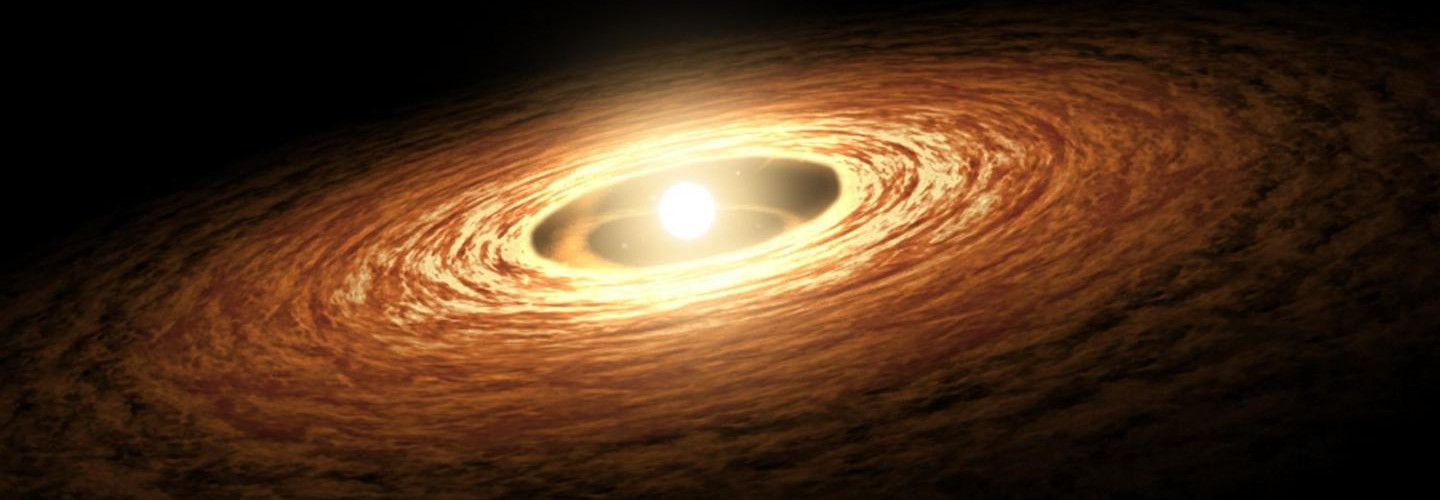 Image: Artist's impression of a protoplanetary disk surrounding a young, newly forming star (Credit: NASA/JPL-Caltech).
Image: Artist's impression of a protoplanetary disk surrounding a young, newly forming star (Credit: NASA/JPL-Caltech).
The birth of a star is accompanied by the formation of a surrounding disk of gas and dust. The disk material both slowly accretes onto the central protostar and also provides the raw material to form planets; the two processes are inextricably linked. In order to form planets, the disk material must undergo a series of size transformations, beginning with micron-sized dust particles, which agglomerate to form larger and larger objects up to fully formed planets. The initial stages of this process must occur in conditions shielded from stellar ultraviolet radiation and the optimal techniques for studying these phenomena are radio, submillimeter and infrared astronomy. Moreover, the high spatial resolution required to resolve such small structures necessitates the use of modern interferometers such as ALMA (Atacama Large Millimeter Array) and the VLA (Very Large Array).
Current observational and theoretical work in this area by IRyA researchers includes:
- Formation of low-mass stars and sub-stellar objects
- Formation of high-mass stars
- Accretion in young stellar objects
- Dust and gas dynamics in protoplanetary disks
- Jets and outflows from young stellar objects
- Magnetic fields
- Dust growth and planet formation
Researchers who work directly in this field:
- Luis Felipe Rodríguez
- Susana Lizano
- Luis Zapata
- Carlos Carrasco-González
- Aina Palau
- Roberto Galván-Madrid
- Stan Kurtz
- Laurent Loinard
- Alice Pasetto




